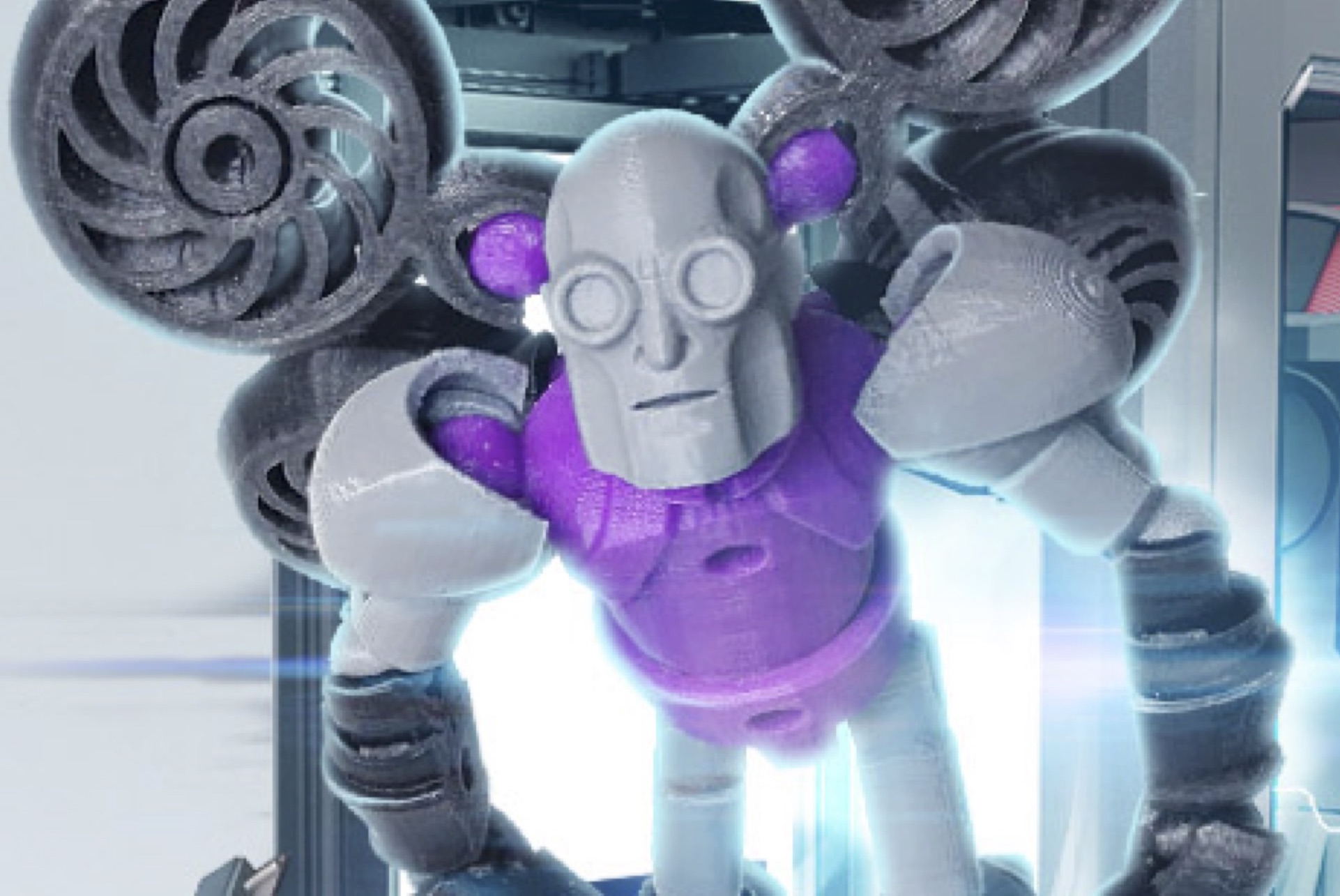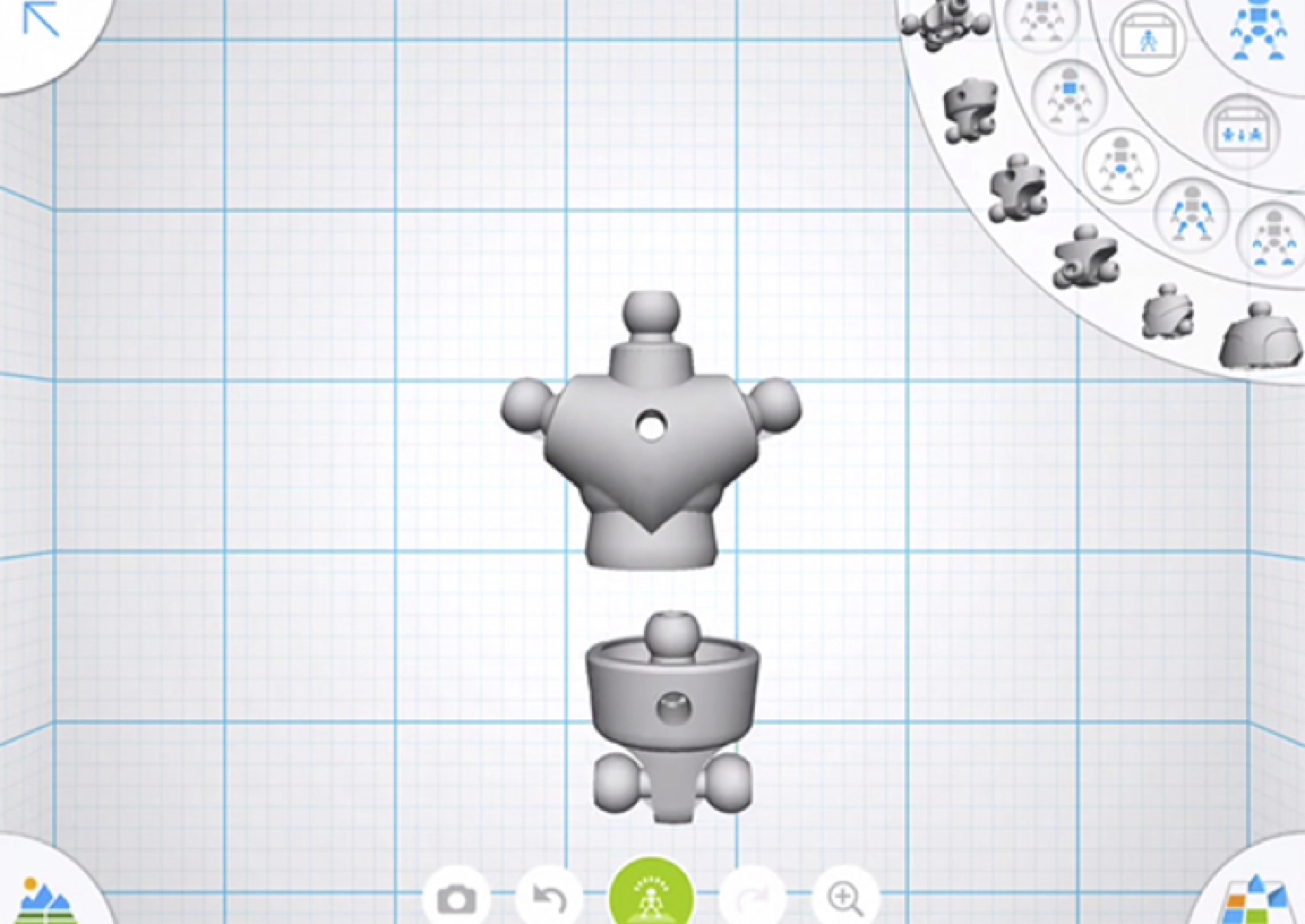Autodesk have been making a big push into the 3D printing software space, mostly with free software like the fantastic Meshmixer.
Recently they added a new product to their 123D line of free apps called Tinkerplay. At first glance it seems like Autodesk’s 3D printable version of Lego. I decided to take a look at Tinkerplay to see how well it works and how well the parts print.
The basic premise of Tinkerplay is to provide an easy way of designing your own characters or creatures using the components provided. There is a large selection of 3D models available, which all use the same ball and socket type joint so they can all be connected to each other in some way.
Tinkerplay is only available on windows 8.1, iOS or android and is designed for touch screens. Because of this, the program is pretty small and should only take a minute or two to install. It would be nice to see a version of this software that runs on older desktop operating systems; it would work well as a browser based app that runs straight from Chrome or Firefox.
Keep in mind this software is designed for kids so it’s meant to be easy use, and it mostly succeeds in this. You open the app, select a starting template then simply drag and drop parts from the scrollable list in the upper right of the screen. The parts will snap together, and you can then move or spin the parts to get an idea of how it will behave in real life when you’ve printed it. You can also add texture to certain parts. It’s quite fun to use and the user interface is quite slick.
When you are finished creating, you can export your model in STL with all the parts split up and positioned on a virtual 3D printer build plate. Autodesk show a good understanding of the 3D printing process by making all the parts easy to print and correctly oriented. You can also export your model into multiple files so you can print your design in different colours/batches without having to separate them manually in other software.
How suitable the parts are for printing is the key to the success of Tinkerplay. If you look at each individual part you can see that some care has been taken with the design to make them printable.
Now, this is where problems started occurring for me. The tablet version for Windows 8.1 I am running is currently bugged and does not let me actually download the models, so I can’t print them. I am not sure if I’m just unlucky or if others are having this problem, regardless it has obviously affected my opinion of the software. It is very unfortunate as it’s a great app that is a lot of fun to use. But, if there is an Autodesk rep out there who could help me then please do!
Some people may think this kind of software is not important as it’s for younger people and it’s not exactly a 3D design app, however it’s important for the future success of 3D printing that kids are introduced to it in a way that is fun and easy to grasp. Tinker play achieves this, it’s just too bad I couldn’t actually print my model.
Via Tinkerplay
Marcus Rockcliffe is a 3D designer and 3D printing technical expert at Creative 3D, a UK based 3D printer retailer and 3D printing Service Bureau.




